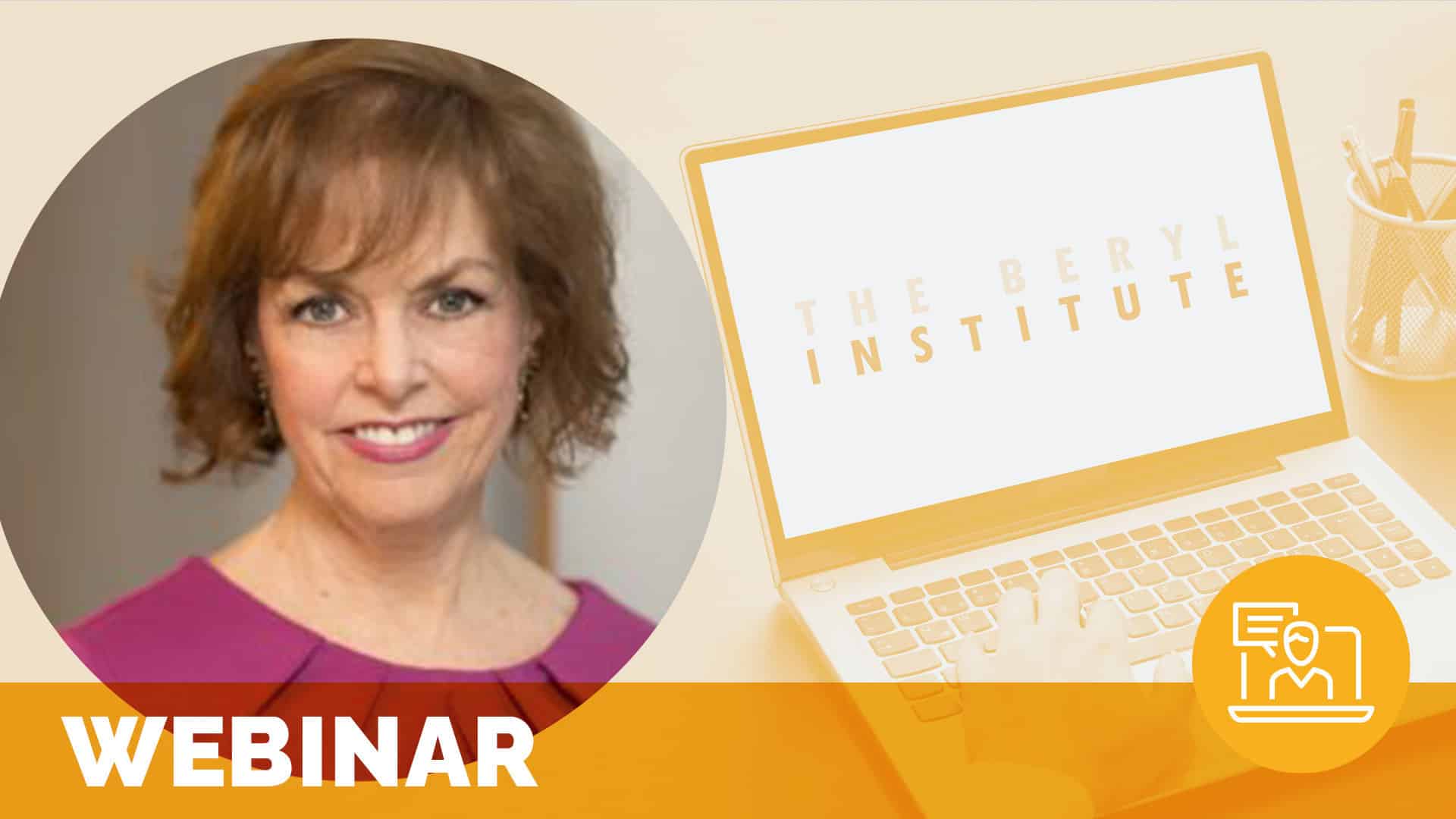Caring for Ourselves and Others

Beth A. Lown, MD, FACH | Chief Medical Officer, The Schwartz Center for Compassionate Healthcare | Associate Professor of Medicine, Harvard Medical School
In today’s fast-paced healthcare environment, crowded with competing priorities, the human connection is too easily overlooked leaving caregivers burned out and patients and families fearful and suffering. Through innovative programs, education and advocacy, the Schwartz Center is working to support caregivers, healthcare leaders and others and bring compassion to every healthcare experience. Join us as Beth A. Lown, MD shares tactics to help participants: Describe the prevalence of burnout and mental health consequences of the pandemic. Articulate at least 2 strategies that support resilience. Describe the importance and impact of social support.
Related content
-
 Policy & Measurement | Staff & Provider Engagement
Policy & Measurement | Staff & Provider EngagementLeveraging Metrics to Demonstrate Volunteer Impact
Metrics are essential for volunteer leaders to demonstrate program value, though selecting and using the right data can be challenging. This session will equip leaders with the knowledge to collect and use metrics that showcase the impact of volunteer programs. Attendees will learn why metrics matter, what data to track, collection methods (from low-tech to
Learn more -
 Culture & Leadership | Staff & Provider Engagement
Culture & Leadership | Staff & Provider EngagementReal-Time Coaching & Feedback: At-The-Elbow Support for Success
Unlock the power of coaching to inspire, engage, and gain buy-in from your team. In this interactive webinar, you’ll hear from nursing and physician leaders on how they leveraged practical coaching techniques to build trust, foster accountability, and align your team around shared goals. Discover strategies to overcome resistance, communicate with influence, and create a
Learn more -
 Staff & Provider Engagement
Staff & Provider EngagementBeyond the White Coat: Mental Health in the Life of a Junior Doctor
This article underscores the profound need for a culture that prioritises mental health, especially among doctors navigating their early careers. This personal narrative also highlights the importance of overcoming this and the challenges one can face while trying to do so. A journey of a 30-year-old doctor, as she hurdled along life with the passing
Learn more
